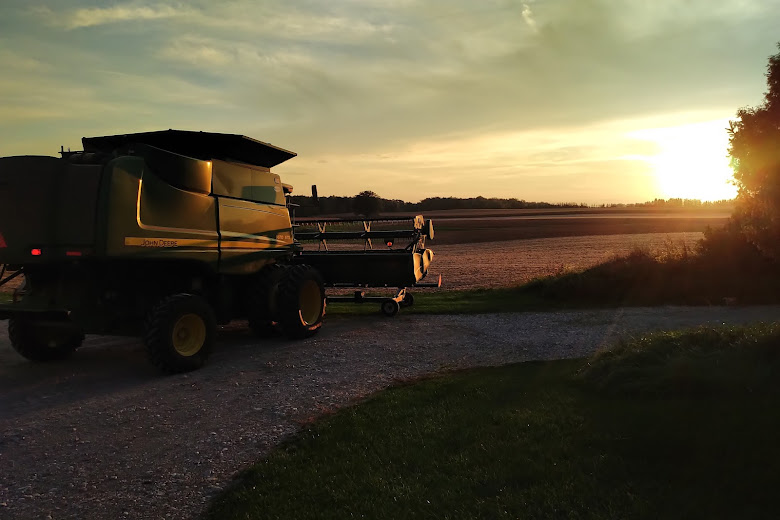The Court of Appeal introduced the case as follows:
Rarely does a claim of the property right known as profits à prendre, which has existed since ancient times, come before the courts. It arises here because a landowner conveyed part of his property subject to a reservation of a right in favour of himself, his heirs and assigns to enter on that property to remove hay. Throughout the next fifty years, the landowner, his successors in title and their assigns continuously exercised that right, entered the conveyed lot and cut hay.
The current owners of that lot defended an application seeking to confirm the right to cut hay on their property. They argued that the reservation was void or voidable. In her decision dated January 29, 2014, Justice Margaret J. Stewart granted an order for a declaration in the nature of a profit à prendre (2014 NSSC 36 (CanLII)). This is an appeal from her order which issued June 11, 2014.After reviewing in detail the law relating to profits à prendre, the Court of Appeal concluded that the original grant of a right to take hay was a "profit in gross", which is a "right without limit and separate from any land owned by the profit holder". Therefore, it was not necessary that the right to take hay benefit the neighbouring property specifically - it just had to benefit the original grantor and his successors.
However, as noted the Court, that finding (which was not made by the lower court judge) was not of assistance to the neighbour: "Since a profit is an interest in land, to be valid in law it must be conveyed by deed to satisfy the Statute of Frauds. But none of the 1972 and 1998 deeds in the chain of title of the C lands from GC to the respondent conveyed the right to enter upon and remove hay from the D lot. The 1998 deed merely excluded that lot from the description of the C lands." In other words, there was nothing in the chain of title to link the original profit à prendre to the current owner of the neighbouring land.
It was also possible for the right to take hay to continue to exist as a part of the estate of the original landowner. However, there was no evidence of any disposition or transfer of the profit à prendre (an asset of sorts) by will or otherwise from the original grantor, GC, to the neighbour. The neighbour's claim failed.
Read the decision at: Snyder v. Chisholm.

No comments:
Post a Comment